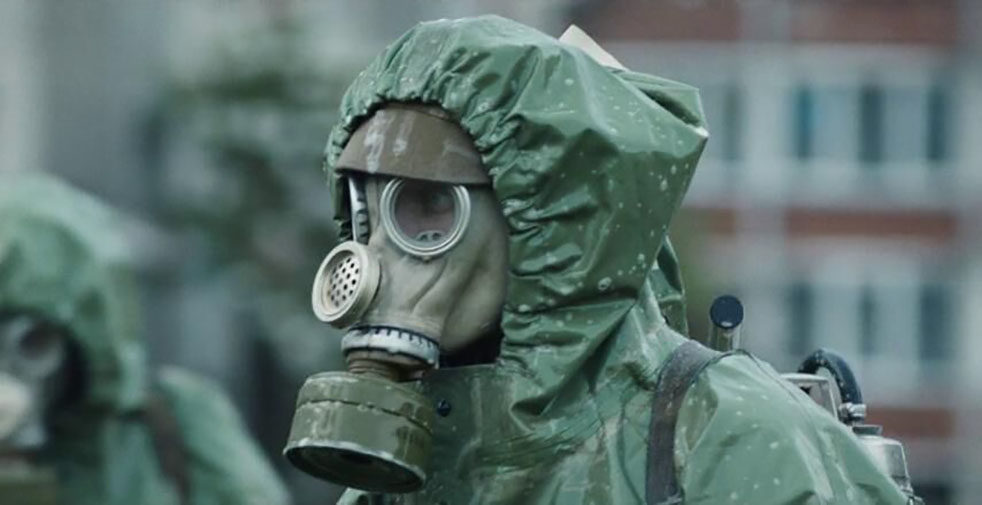It is April 27, 1988; Valery Legosav, Soviet nuclear physicist extraordinaire, bids farewell to his cat before hanging himself in his Kiev apartment.
Then, it is 1 a.m. on April 26, 1986. A group of men in white uniforms are carefully running a routine safety test on Reactor #4 at the Chernobyl Powerplant in Pripyat, Ukraine. Despite their caution, something seems to have gone seriously wrong.
“Chernobyl” premiered on May 5 on HBO. The miniseries spans five episodes, a perfectly bingeable runtime, with each one focusing on a different aspect of the nuclear meltdown and the way that the Soviet Union chose to handle the resulting disaster. Created and written by Craig Mazen, of “The Hangover II” fame, the series is wonderfully poignant and captivating.
The historical nature of the disaster provides a false sense of security from the outset. Many have cursory knowledge of the Chernobyl disaster. Obviously, the world did not have a global nuclear crisis in the ’80s, present day Russia and Ukraine exist, and nuclear reactors are still a major source of energy. So, everything will be okay, right? Mazen deals with this assumption masterfully: the meltdown feels as though it is happening in real time.
The show follows Legasov, the deputy director of the Kurchatov Institute, who is brought into a meeting of Soviet leader Mikhail Gorbachev’s advisory committee. Legasov is chosen by the state to advise them on an “under control” explosion in Pripyat. Of course, said explosion is not under control, and it is not long until Legasov realizes Moscow is grievously misinformed. In the 1980s, the explosion of a nuclear reactor was thought to be physically impossible. Legosav is paired with Boris Shcherbina, Deputy of Gorbachev’s Council of Ministers, and the two are sent to Pripyat to quickly deal with the incident.
The show is gripping. The repercussions of the nuclear meltdown are inconceivable, even 30 years later. It is genuinely difficult to reconcile the show as reality.
Each episode provides a vignette of different Soviets experiencing the disaster. First, there are the families of Pripyat gathered on a bridge to watch the colorful flames. The first-response firefighters tasked with putting out an endless flame. The nurses in Kiev prepared to treat burns but forced to deal with radiation poisoning. The coal miners transported to the reactor to thwart continential catastrophe. The soldiers charged with clearing the poisoned region. The Soviet bureaucrats who sit in Moscow and have meetings.
Such a stark portrayal of the disaster causes physical discomfort. First there is the carnal discomfort caused by the suffering of radiation victims. The special effects are horribly believable, and the unfortunate Soviets who got too close to the collector decompose while still alive. The feeling returns as millions of Soviets give their lives for a cause they have no information on and for absolutely no compensation. Then again in the finale, when the true nature of the explosion comes to light.
Though the series was conceived and written in 2016, it could not have aired at a more fitting time. Watching Gorbachev and his state attempt to hide this disaster, then lie about it, then cover it up is eerily reminiscent of the politics of today.
The show not only makes a statement about the current leadership of the U.S., but it livens up a dusty yet important topic. Previously, media about the disaster had not reached an audience beyond baby boomer dads with history kinks and strong anti-Russian sentiments. Chernobyl is something more than a dig at the USSR; it is a reminder of the importance of truth and the prevalence of lies in any nation.
